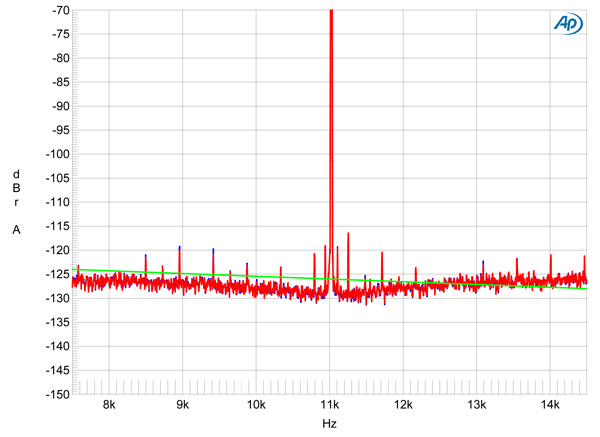| Columns Retired Columns & Blogs |
Art Dudley: "Finally, I listened to the CD layer of the SACD/CD It wasn't long before that familiar treble edge became apparent in the sounds of massed strings and brass instruments—and, sorry to say, Hahn's brilliantly played violin."
I've yet to hear the cd (pcm) layer sound good, on a dual layer SACD disc, also when being converted by a delta sigma converter even hybrids.
Cheers George













































